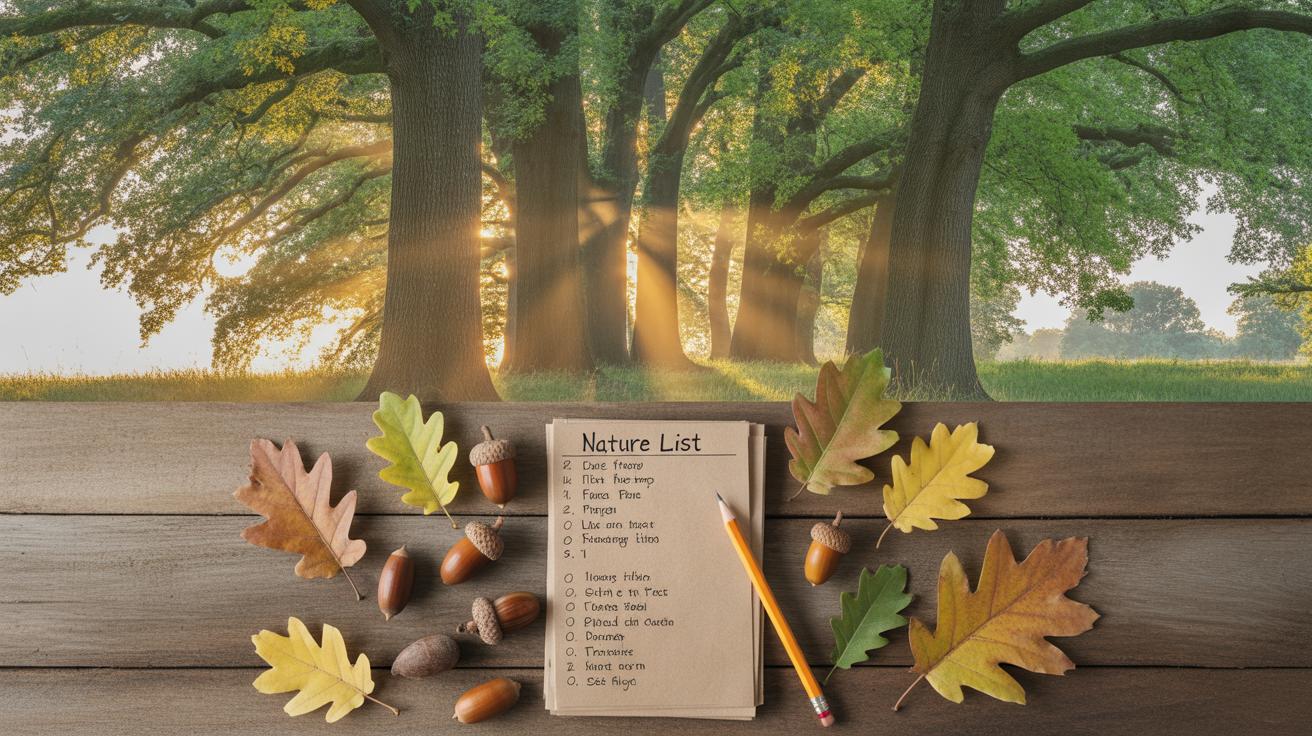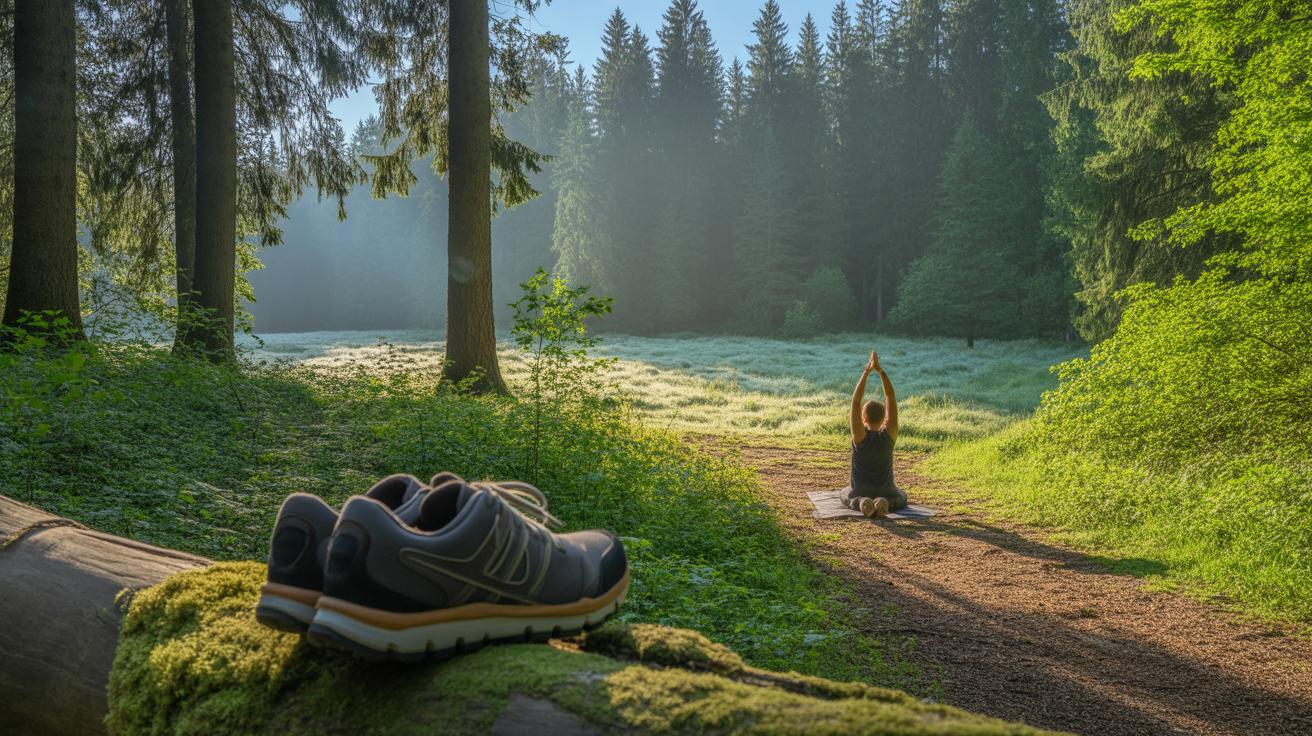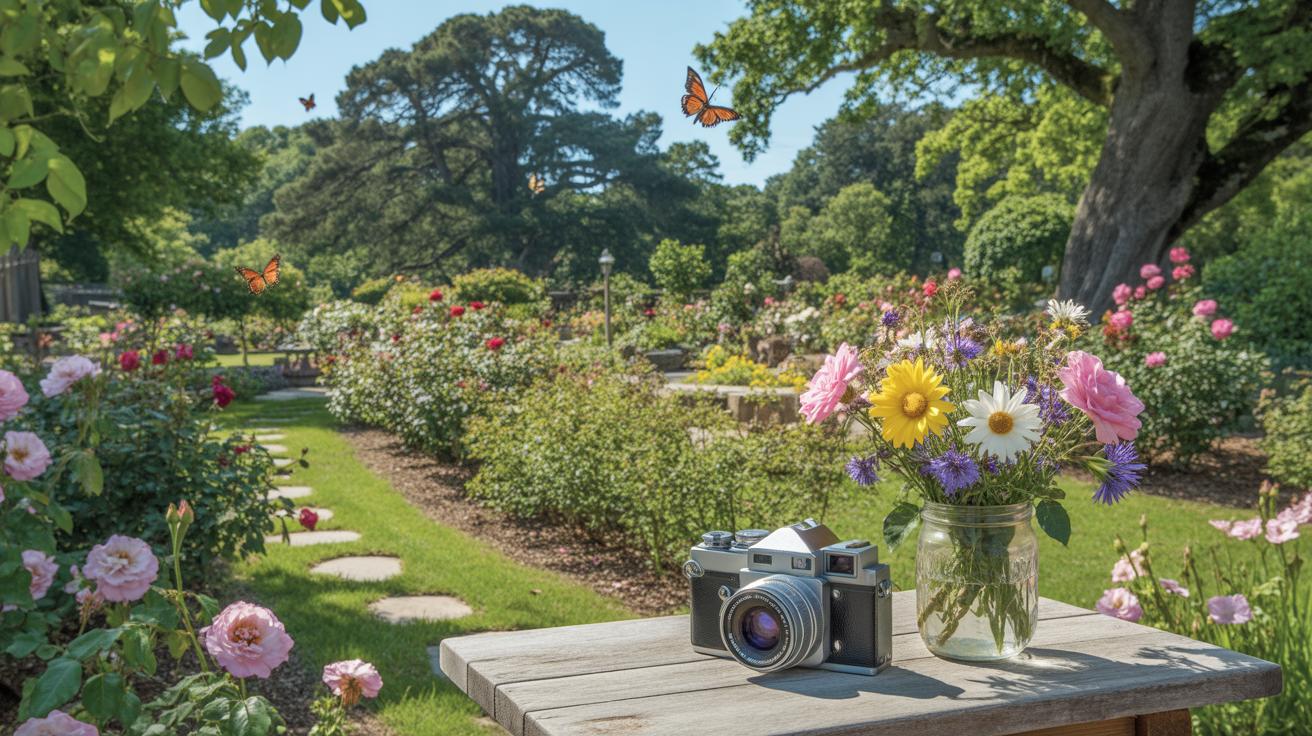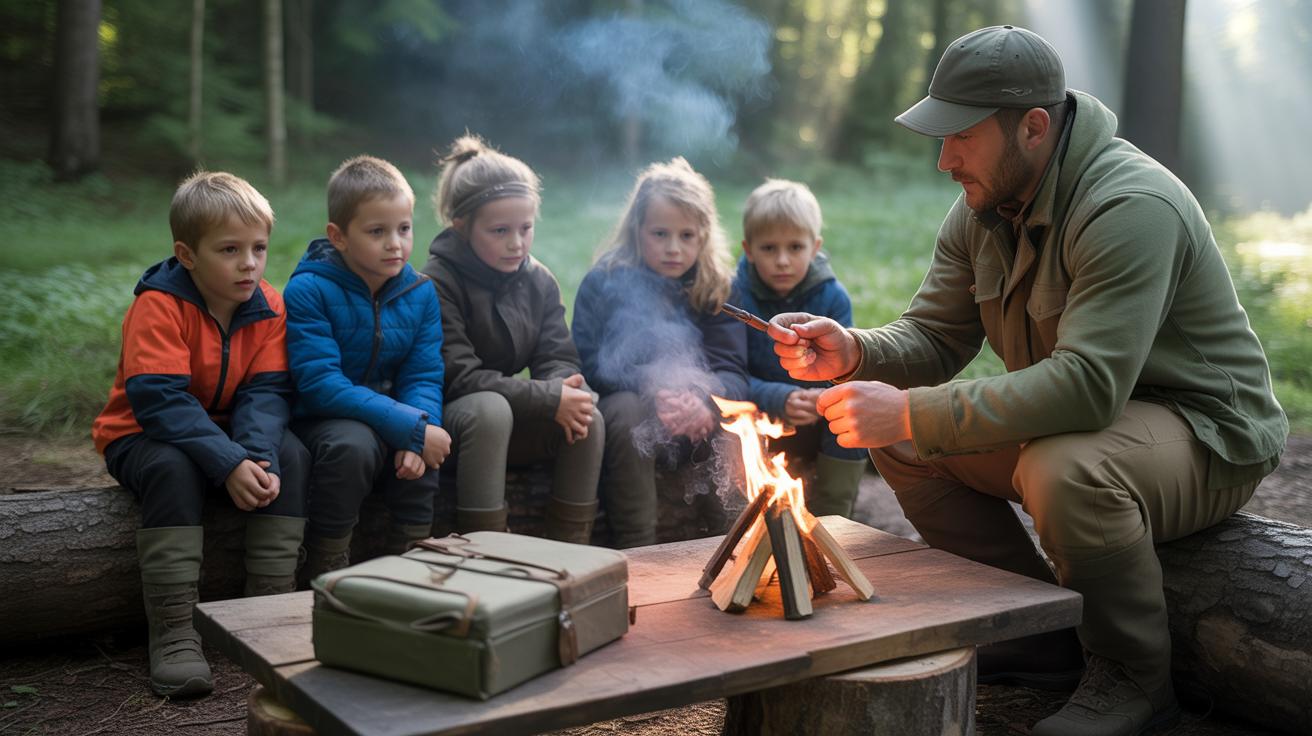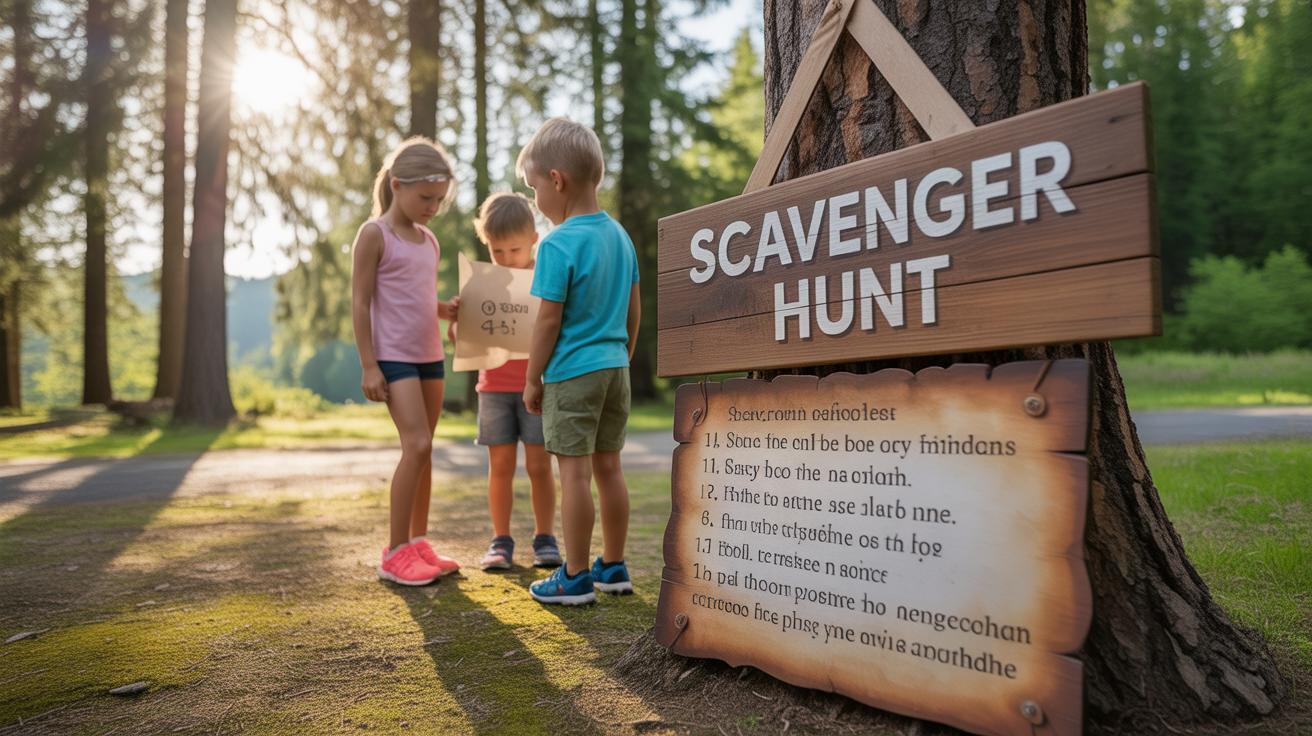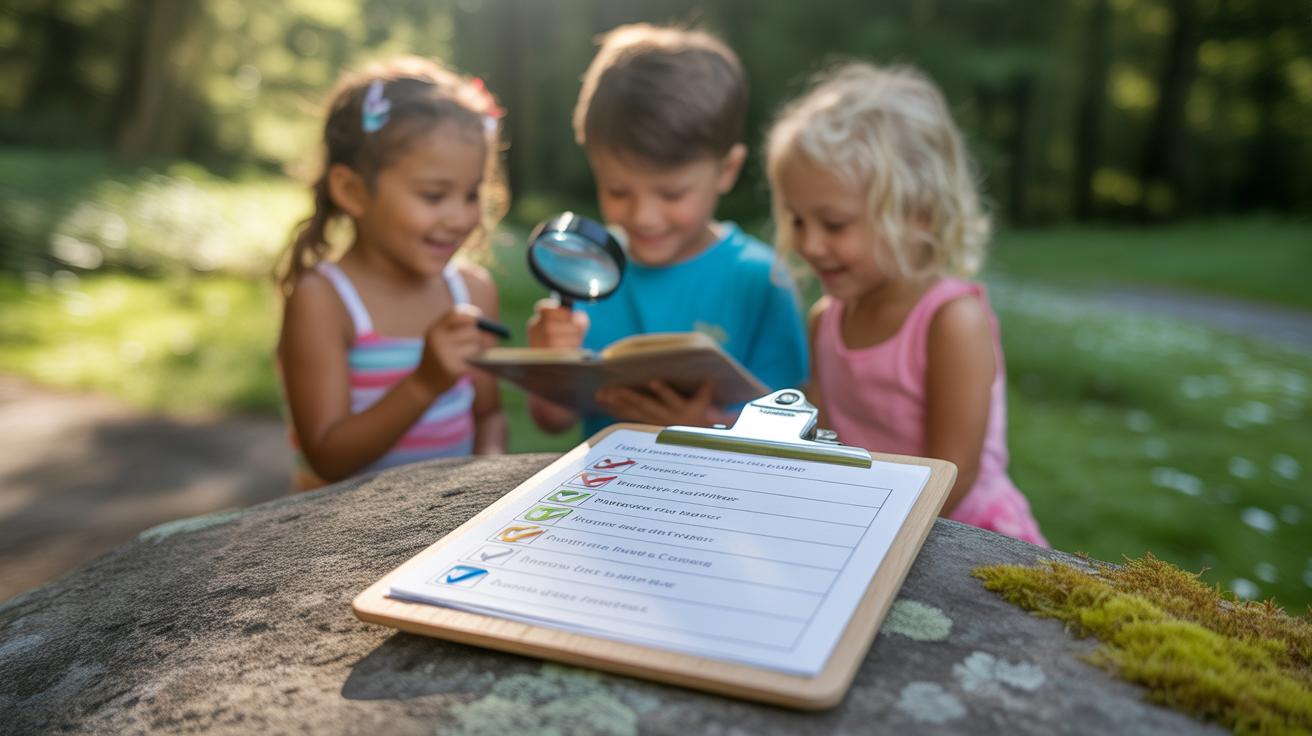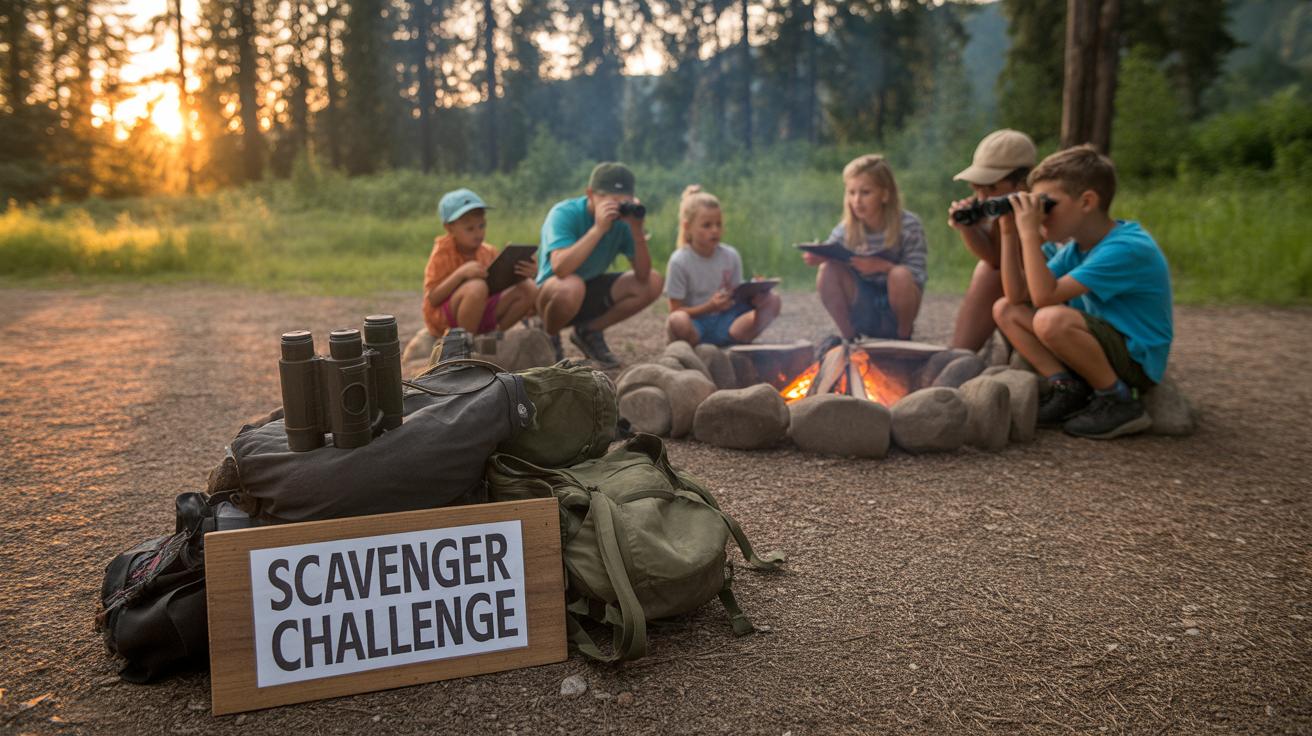Introduction
Backyard nature scavenger hunts offer a perfect blend of fun and learning. They encourage exploration and discovery in the natural world just steps away from your home. By creating a scavenger hunt template tailored for your backyard, you open the door to endless adventures. This type of activity is excellent for children and adults alike to engage with nature in a structured yet playful way.
In this article, you will learn how to set up a successful backyard nature scavenger hunt. We will cover organizing the hunt, crafting a list of items to find, and adding creative tasks to make the experience exciting. Whether you want to entertain kids or enjoy a peaceful activity outdoors, this guide helps you use your backyard as a remarkable learning space.
Understanding Backyard Nature Scavenger Hunts
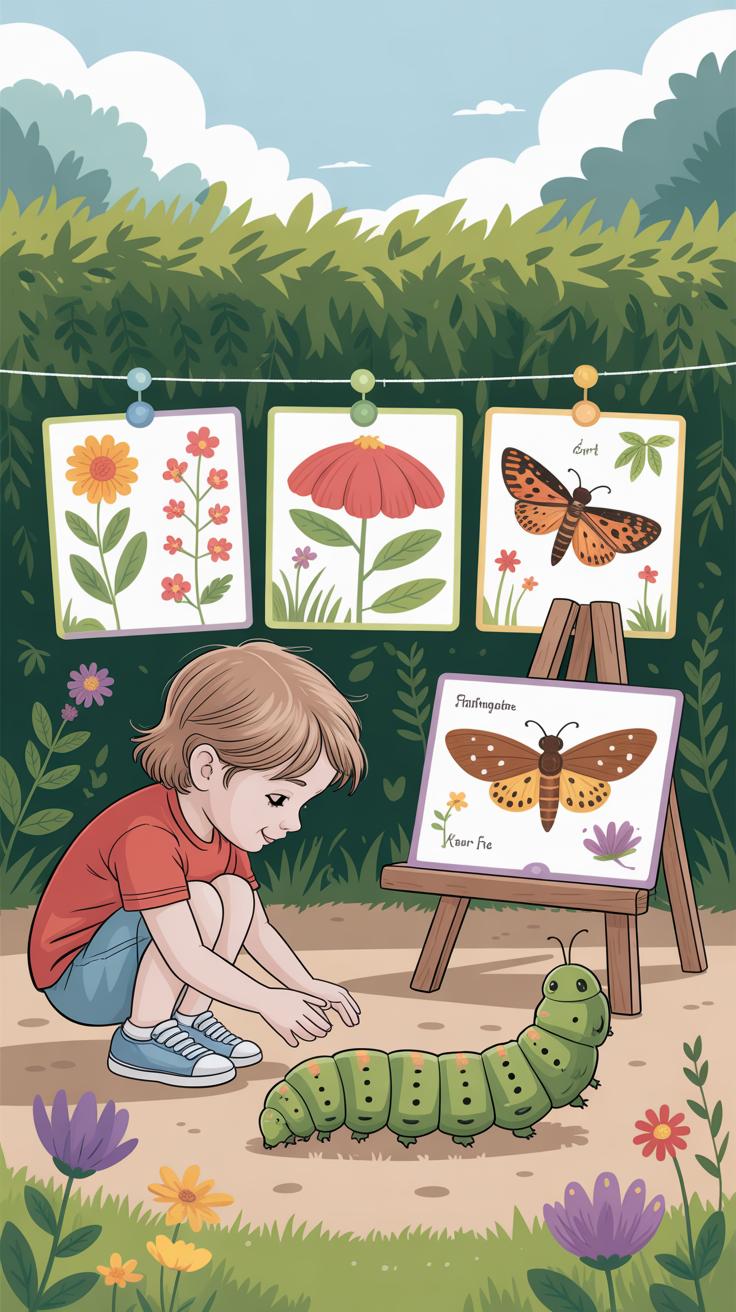
What is a Backyard Nature Scavenger Hunt
A backyard nature scavenger hunt is a simple game where you search for natural items within your own outdoor space. Think about looking for things like certain leaves, rocks, insects, or pinecones, right in the yard behind your house. It’s similar to other scavenger hunts but focused strictly on nature and what’s locally available, rather than random objects or store-bought items. The search encourages paying attention to details you might usually overlook, like the different textures of bark or the shape of a particular flower. This focus on natural elements makes it a bit different from general scavenger hunts where you might just collect whatever’s on a list without much thought.
Why Choose Nature Scavenger Hunts in Your Backyard
Hosting a scavenger hunt in your backyard comes with a bunch of upsides. First off, safety is easier to manage—you know the space, you control the environment, and the risks are lower than heading out to unfamiliar parks or woods. That convenience means you can quickly start or pause the game without much fuss. Plus, it encourages kids (and adults too!) to get outside and really notice their surroundings. Sometimes, we forget how close nature can be and how much it offers just outside our doors. Backyard hunts also cut down on travel time and expenses. It’s a way to bring learning and exercise together without having to plan a big outing. You might be surprised how much nature you can find in such a small area once you start looking.
Planning Your Backyard Nature Scavenger Hunt
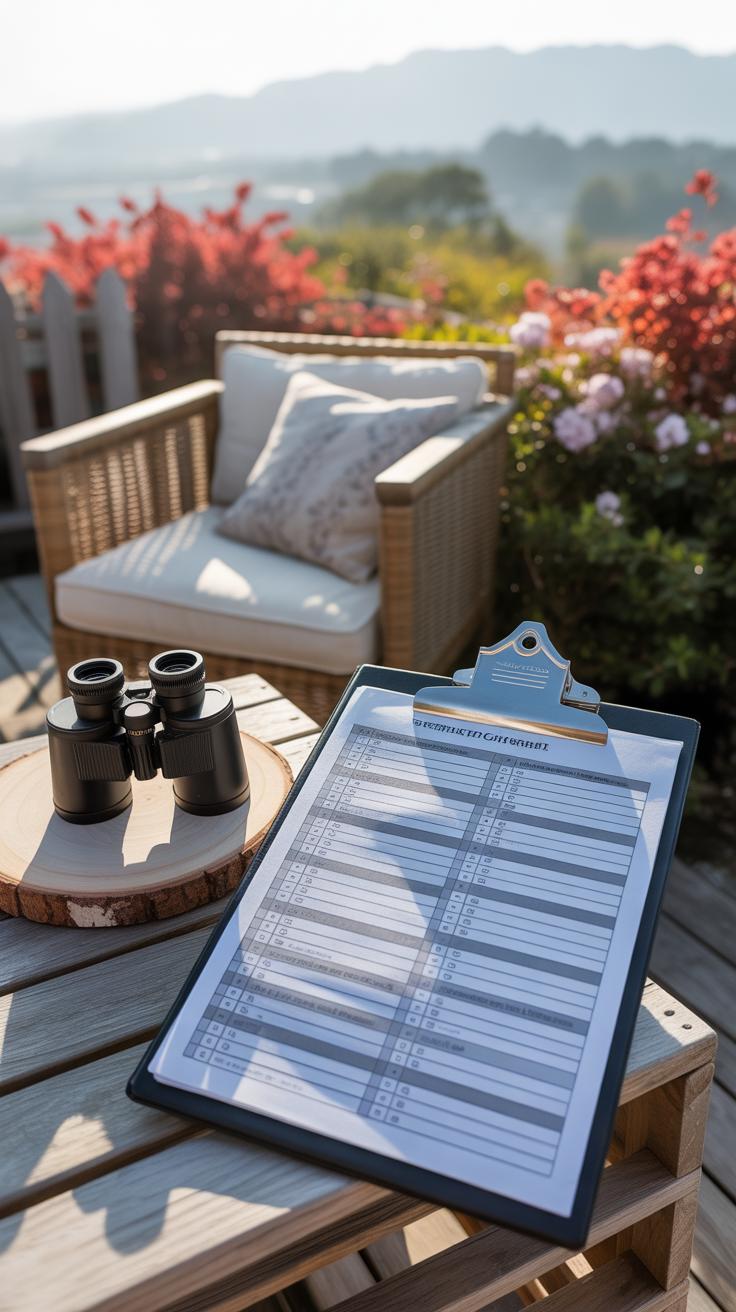
Choosing the Right Time and Place
Picking when and where to hold your scavenger hunt can really shape the whole experience. Early mornings or late afternoons usually offer cooler temperatures and softer light, which makes searching more comfortable. Avoid midday hours if the sun is harsh or if it’s too hot for kids to want to run around. A dry day is best—muddy ground can slow things down and frustrate little explorers.
Look over your backyard and figure out which spots feel safe and interesting. Maybe a patch of wildflowers, a quiet corner under trees, or near a small pond if you have one. But remember—some areas might need to be off-limits if thorny bushes or slippery rocks are around. It’s fine to have a smaller space focused on variety rather than sprawling everywhere. Trust your gut; sometimes a cozy nook is better than covering every inch.
Safety Tips for Outdoor Hunts
Safety is something you’ll want to keep in mind the whole time, even if it seems obvious. Explain simple ground rules at the start, like no running near stairs or uneven spots. Keep an eye out for any hazards like sharp tools in the garden or low-hanging branches.
Also, make sure everyone knows to watch for insects or plants that might cause irritation. Showing kids some leaves or bugs to avoid beforehand can help avoid trouble, though watch out—you don’t want to make them too nervous to explore. Having a first aid kit handy isn’t just a good idea, it’s a must. And don’t forget to remind everyone to stay hydrated.
Thinking through these details ahead of time makes all the difference. You want the hunt to feel fun, not like a safety checklist exercise. Balancing caution and freedom is tricky, but doable with some planning and a bit of patience.
Creating an Effective Scavenger Hunt List
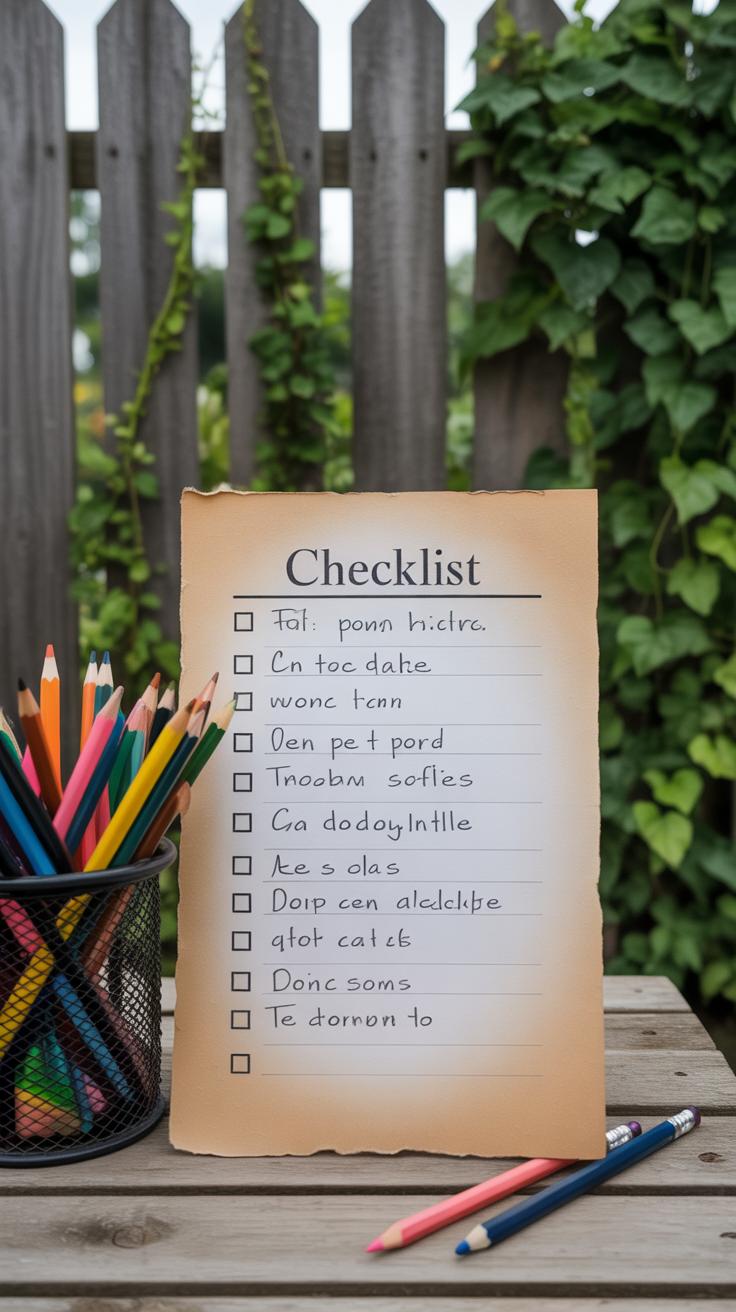
When putting together your scavenger hunt list, it helps to think about what’s actually out there in your backyard. Don’t overcomplicate it—simple things like a smooth rock, a feather, or a bright flower often work well. You might also want to include some tasks like “listen for a bird call” or “find a leaf with three different colors.” These little variations keep the hunt interesting.
For younger kids, keep items concrete and easy to spot: a red leaf, a pinecone, or a ladybug. Older kids and adults can handle more subtle challenges—like spotting an ant carrying food or identifying a specific tree by its bark. Sometimes, I find adults appreciate a mix of search-and-learn tasks that make them pause and study their surroundings more carefully.
Try to balance the list with things that encourage curiosity and observation. For instance:
- A blade of grass longer than your finger
- A smooth pebble
- A flower petal
- A bug walking sideways
- A stick shaped like a letter
Adjusting difficulty is key. Children want quick wins; adults might enjoy a challenge that asks them to think a little deeper. So, the question is—what level of challenge fits your group’s energy and curiosity? It’s a fine line between fun and frustration, and sometimes you just have to guess and tweak as you go along.
Gathering Materials and Tools for the Hunt
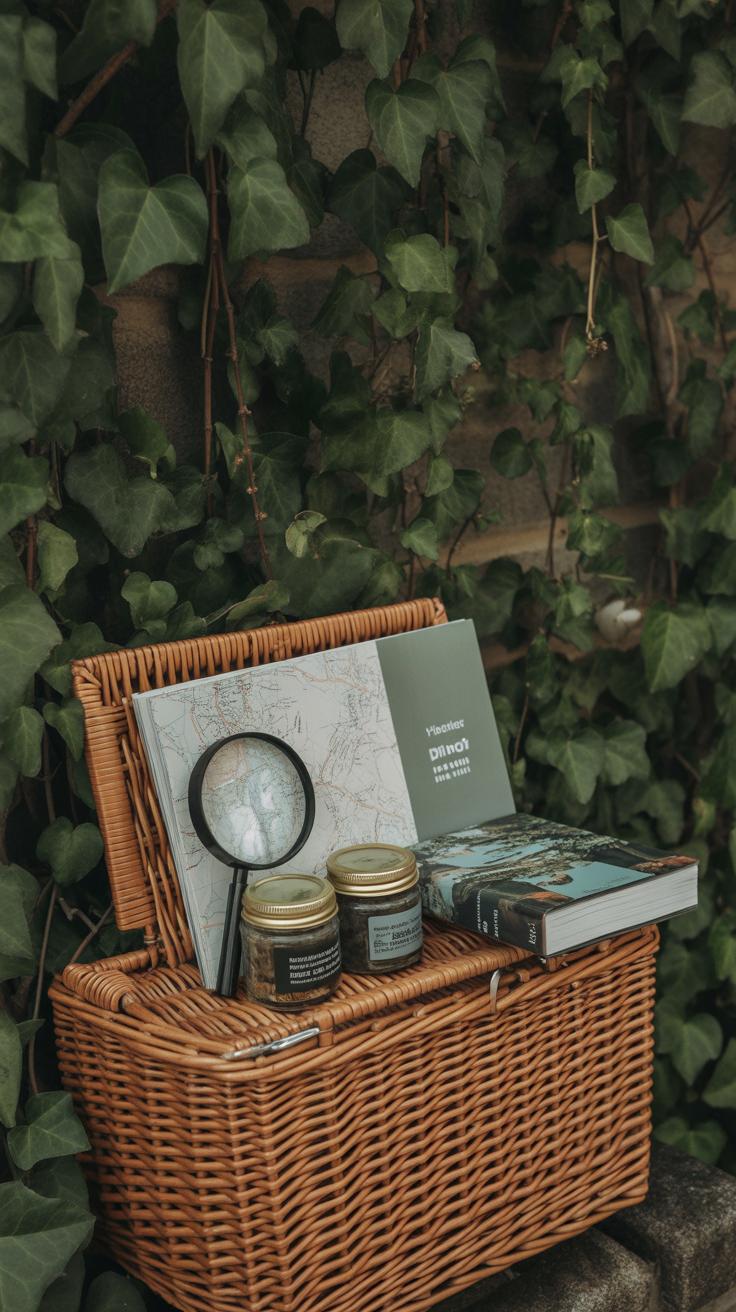
Getting ready for a backyard scavenger hunt means thinking beyond just the list of items to find. You’ll want some basic gear to make the experience smoother and more enjoyable. For starters, having small bags or baskets lets participants collect whatever they’re allowed to take—a handful of leaves or small stones, for example. Clipboards with paper and pencils are incredibly handy too, especially if your hunt involves checking off or jotting down observations.
Magnifying glasses can really change the game. They invite closer looks at insects, bark textures, or tiny flowers you’d probably miss otherwise. Sometimes, kids get so interested they keep peering through them long after the hunt ends.
Here’s a quick list of essentials to have on hand:
- Bags or containers for collecting items
- Clipboards or sturdy surfaces to write on
- Pencils or pens for notes
- Magnifying glasses to examine small details
If you want to go a step further, you might consider optional tools. For instance, a camera or smartphone can capture discoveries without taking anything away from nature. Some families keep field guides handy—those little books or apps that help identify plants, insects, or birds. They can spark useful questions, like, “Is that leaf from a maple or an oak?” Even a notebook to draw or write about what you see adds a different dimension.
Do you find that having these tools makes the hunt more immersive? Sometimes, though, it’s easy to get distracted fiddling with gadgets instead of just noticing the world around you. Maybe a balance works best—just enough preparation to help without overcomplicating things.
How to Set the Rules and Structure
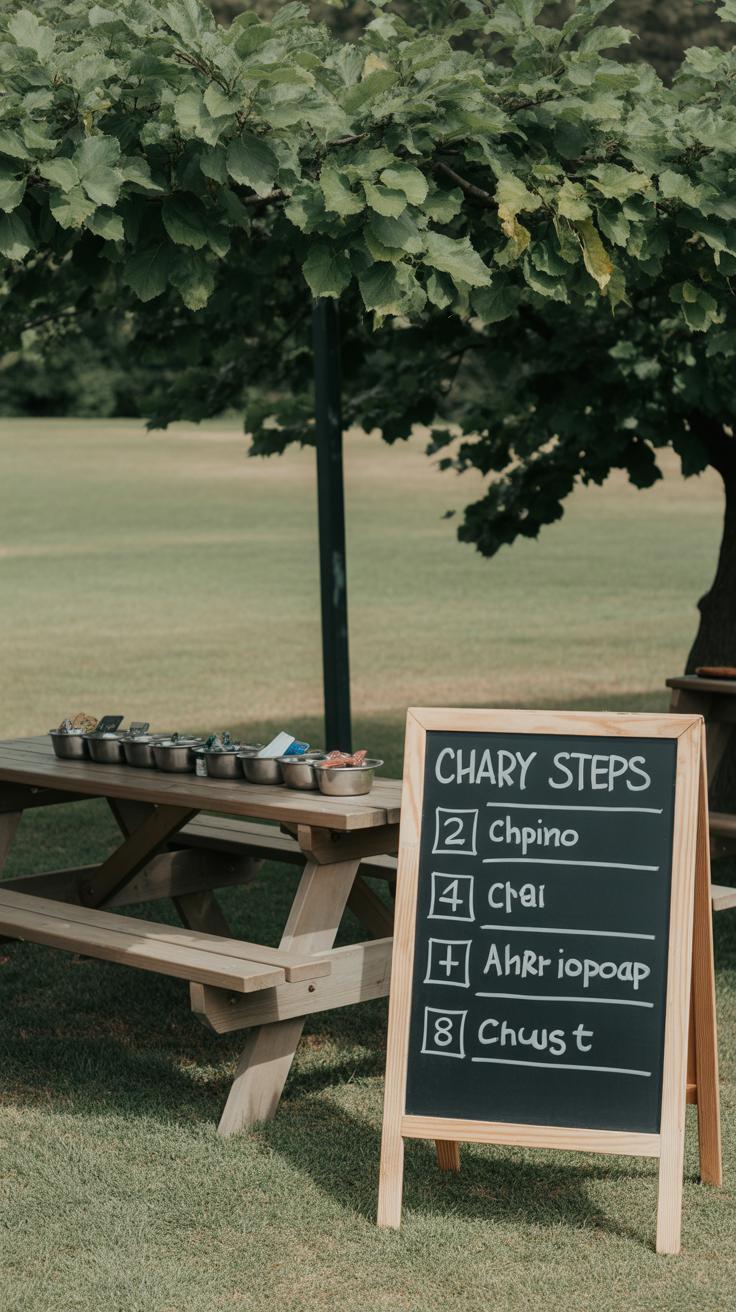
Setting clear rules helps keep the scavenger hunt enjoyable and fair for everyone involved. The rules don’t have to be complicated. In fact, simple instructions usually work best, especially for kids or mixed groups.
For example, you might start with basic points like:
- Stay within the designated backyard boundaries.
- Handle all items carefully—no pulling plants or disturbing wildlife beyond what’s necessary.
- Check off or collect only the items on the list.
- Respect others’ turns if playing in teams or individually.
When it comes to structuring the play, you can choose between solo and team formats—each has its own feel.
Team vs Individual Play Options
Playing alone lets each person move at their own pace and focus on their own discoveries. It’s great if you want quiet reflection or a little personal challenge. On the flip side, it can get a bit isolating, and sometimes younger kids might get distracted or lose motivation without partners.
Teams, in contrast, encourage sharing ideas and help when someone’s stuck. It becomes more social and can make tricky items easier to find. But be aware, some might take over while others hang back—balancing participation can be tricky. Organizing teams by age or mixing different skill levels can keep things fair.
Deciding what fits your group depends on what kind of experience you want. Do you want more quiet exploration, or a lively group activity? Sometimes, mixing both can be fun too—start individually, then regroup to share finds.
Adding Educational and Creative Tasks
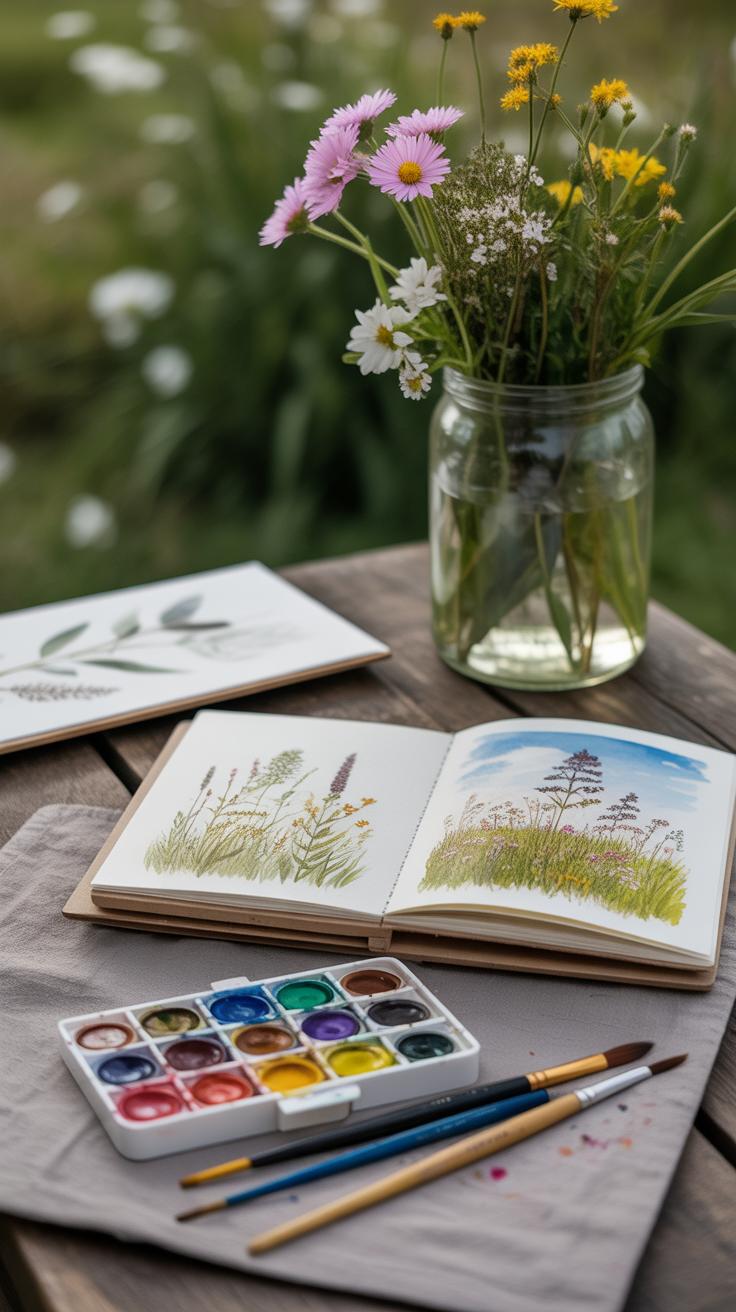
Simply spotting items isn’t always enough to keep things interesting. Mixing in tasks that ask players to draw a leaf’s intricate veins, jot down a quick poem about a buzzing bee, or crack a riddle about a garden creature can shake things up. These activities stretch curiosity and attention beyond just the usual hunt.
Try blending in creative challenges like:
- Sketching the pattern on a butterfly’s wing captured during the hunt.
- Writing a short story inspired by a found pinecone or flower.
- Solving riddles that hint at where to find certain birds or insects.
Such tasks invite players to observe more closely and think differently about what they find. It’s one thing to spot a leaf; it’s another to notice its texture, color changes, or shape uniqueness. These moments breathe life into the game and nudge players to connect emotionally with nature.
When players stop and describe an ant trail or imagine a squirrel’s day, they turn discovery into learning. This subtle shift makes nature feel less like a checklist and more like a story unfolding underfoot. It’s a way to make understanding stick without feeling like a lesson at all.
Engaging Children with Backyard Scavenger Hunts

Keeping children interested during a scavenger hunt can be tricky. Their attention spans naturally wander, especially when facing repetitive tasks. But there are a few ways to keep that spark alive. For instance, mixing up the challenges—like asking them to listen for bird calls or find something soft—adds variety. It prevents boredom and keeps their minds curious.
Setting small, achievable goals also helps. Instead of expecting them to find ten items straight off, break it down: find three leaves, then two types of rocks, and so on. This approach keeps motivation steady without overwhelming.
Parents and guardians play a crucial role, too. Joining in can be as simple as asking questions or making guesses about what’s been found. I’ve noticed that when adults share their own discoveries or express surprise, kids feel more encouraged and involved. They’re less likely to wander off or lose focus if someone’s right there engaging with them.
At times, though, it’s okay if kids get distracted or take a moment to wander mentally. Sometimes that’s part of their process of discovery—even in nature. Would you want a perfect, focused hunt every single time? Probably not. The occasional pause often leads to unexpected finds and genuine interest.
Documenting and Sharing Your Findings
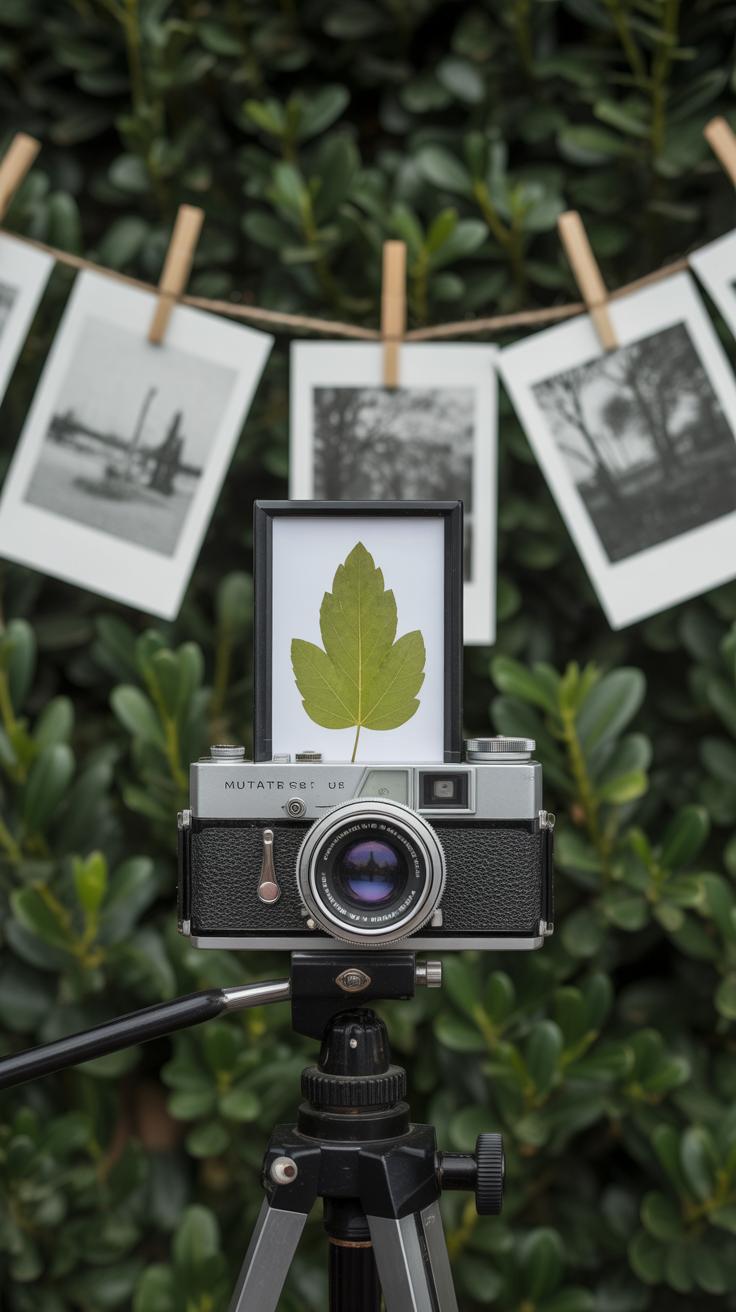
Capturing what you find during a backyard nature scavenger hunt can add a whole new layer to the experience. It’s not just about spotting the items but also about remembering and reflecting on them later. You might want to take photos of unusual leaves, insects, or birds. Sometimes a quick sketch can catch details a photo misses—like the way a leaf curls or the pattern on a bug’s back. And notes—don’t overlook them. Jot down little observations about colors, sizes, or behaviors. Even short phrases like “blue feather found near the pond” can help you recall moments that might slip away otherwise.
Many people find that combining these methods works best. Photos for proof, sketches for detail, and notes for context. If you’re working with kids, you might be surprised how eagerly they dive into drawing what they see. Or how much they enjoy naming the things they’ve found. It makes the hunt more personal and interesting.
After you’ve gathered your findings, sharing is the next step. Tell family or friends what you discovered. It can spark conversations, lead to questions, or even new hunts. Sometimes sharing online, in nature groups or social media forums, offers fresh insights from others who recognize your finds or suggest where to look next time. When you share stories, you help keep the curiosity alive—and that, I think, is where real learning happens.
Troubleshooting Common Challenges
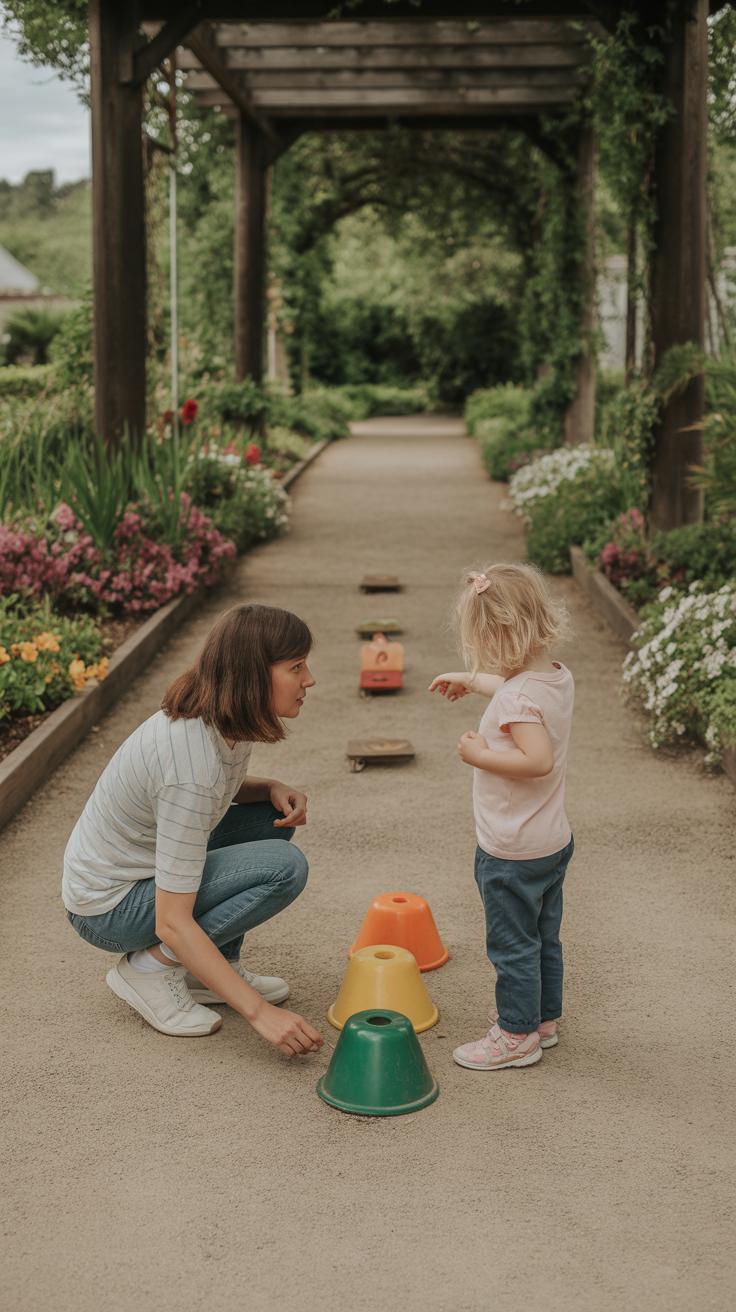
Even the best-planned backyard scavenger hunts can hit a few snags. Weather, for instance, has a way of surprising us. If rain or strong winds show up unexpectedly, move the hunt under a covered porch or even inside. You might need to adjust the list to items you can find or spot indoors, like a certain leaf from a potted plant or even a backyard photo you snapped earlier. If your backyard is small or densely planted, think about breaking the hunt into sections or using clues that lead players along a clear path to avoid frustration or repeated searches.
Losing track of items or supplies happens more often than you’d think. If something goes missing, pause the game briefly. Encourage teamwork to retrace steps or swap out the lost item with something similar—it keeps momentum going. It’s okay to remind everyone that it’s about the experience, not just crossing off the list.
Keeping energy high can be tricky. If the excitement fades or kids start drifting away, try switching up the pace. Toss in quick challenges like naming colors or sounds nearby. Maybe introduce a mini-competition with small rewards. Sometimes, a little break with a snack or water helps reset focus and enthusiasm. What’s your group’s favorite way to bounce back when things stall? That little insight can pay off during your hunt.
In the end, flexibility seems key—being prepared to think on your feet can turn potential setbacks into moments that add to the fun. So, don’t stress when things don’t go exactly as planned. Instead, grab those moments as chances to invent new ways of playing.
Expanding Your Backyard Nature Scavenger Hunt
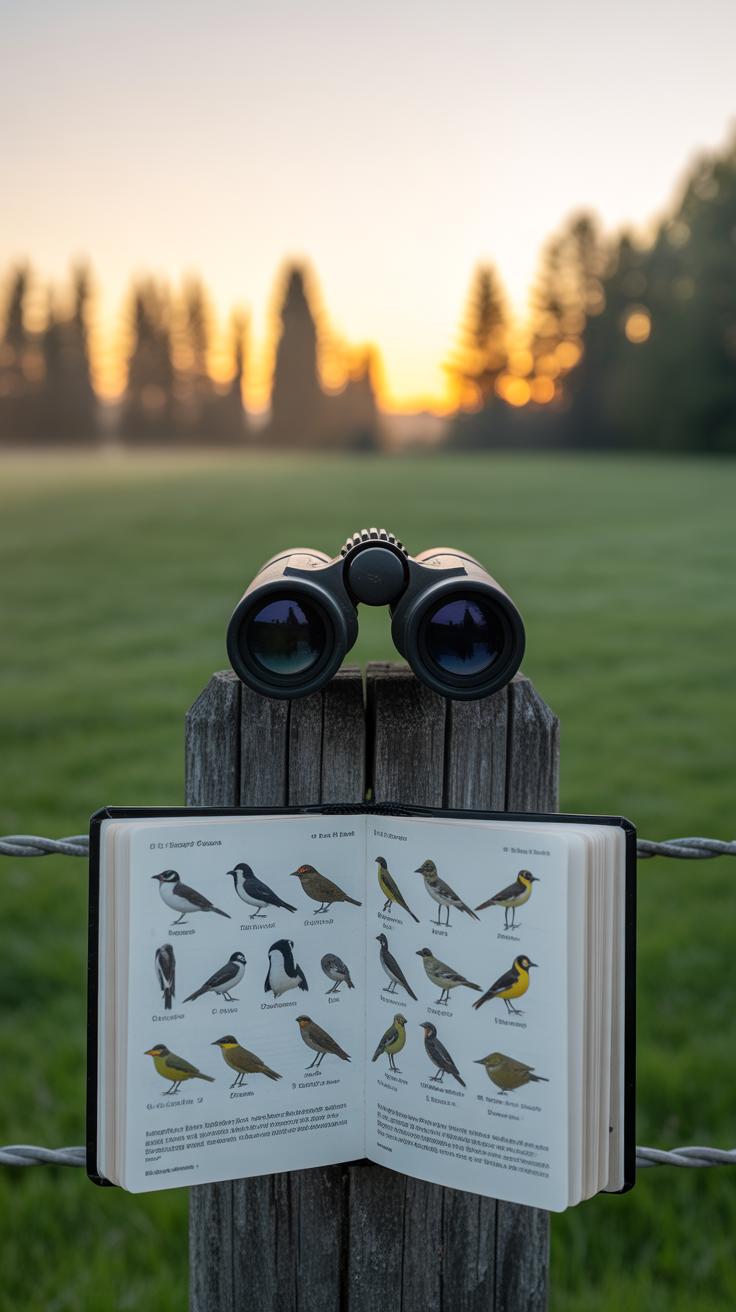
Once you’ve run a few backyard scavenger hunts, you might wonder how to keep things feeling new and engaging. Playing the same game repeatedly can lead to boredom, even for kids who love being outside. One way to avoid that is to switch up the lists or challenges. For example, instead of just looking for leaves and sticks, you might include textures—find something rough, smooth, or sticky. Or maybe add a sense of time, like spotting an animal moving before it disappears.
Changing how you play can also help. Try teaming up players differently or adding small rewards or time limits. Sometimes a different starting point in the yard changes the whole experience. If you’re up for it, use a camera to snap photos of finds instead of collecting items. That can be particularly great for younger children or to protect fragile environments.
When you decide to take the hunt beyond your yard, parks and nature trails offer a bigger canvas with more variety but also some challenges. It’s helpful to scout the area beforehand — knowing where certain plants or landmarks are can make the experience smoother. Look for spaces with clear paths, a mix of open areas and shaded spots. You might want to create categories based on the environment—like things near water, or items found under trees.
Another thing to consider is the scale. Trails let you spread out more, so you could make the hunt last longer or turn it into a mini adventure with checkpoints. But keep an eye on safety and keep things manageable for your group. Sometimes less is more; a shorter list with interesting targets works better than an overwhelming one in a bigger space.
In any case, expanding your hunt outside the backyard offers a new kind of discovery. The bigger the area, the more opportunities to notice details that might be missed at home. It feels different, even though it’s the same basic idea. That excitement of finding something unexpected—that’s why you keep coming back, I think.
Conclusions
Backyard nature scavenger hunts help you reconnect with the outdoors and spark curiosity about your environment. By following the steps and ideas shared, you can organize a hunt that is fun and educational for everyone involved. The activity promotes observation skills, patience, and appreciation for nature’s diversity right in your backyard.
Use this template to design hunts that suit your space and the interests of your participants. Your backyard can become a lively classroom filled with discovery and joy. Remember, the best hunts encourage creativity and teamwork, making great memories as you explore together.


